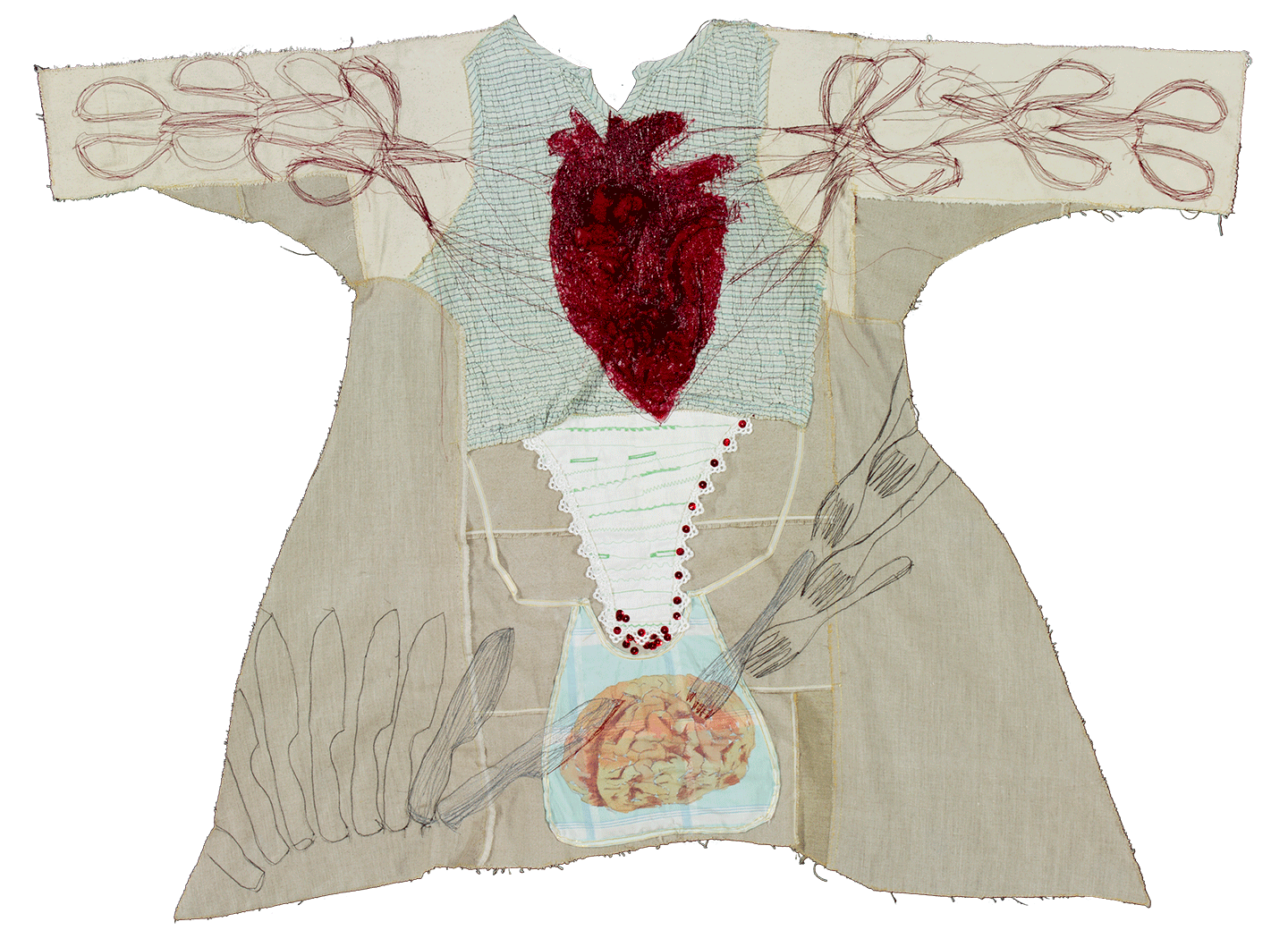
In 2014, during a performance workshop in a shelter in Austin, Texas, I asked one of the shelter’s residents, who himself was homeless, about his sense of neighborhood and his answer stayed with me over the years. The workshop was one of John Malpede’s theater workshops performed by the homeless community, and developed during his work with the Los Angeles Poverty Department. I asked the homeless man “what does neighborhood mean to you?” He replied: “My body is my home, and wherever I go my surroundings are my neighborhood.” His sincere and literal analogy immediately resonated with me; what surrounds one’s body is one’s neighborhood. The idea resonated with my own experience of displacement and immigration, and its disruption to one’s familiar and comfortable space. Dislocation, immigration, and the resulting disruptions of any dislocation have been central to my art since I left Tehran for Austin, and later to New Orleans.
“My Body Is My Home” – the title of my latest works – explores the notions of home, homelessness, and neighborhood in regard to one’s physical body. Each work in “My Body Is My Home” explores what home means, and how it can be disrupted. What is one’s home if not a form of safe harbor, a place that gives you comfort through privacy? Much like a house, our clothes serve as a barrier between our private selves and the world outside. On the one hand, clothes can be seen as a means of protection, but on the other hand clothes can be seen as an instrument of control and restriction.
With a combination of painting, video installation, and performance, “My Body Is My Home” explores what home means by exploring the limits of the canvas – as support, a visual space, and as an expressive field like a home or clothes – and investigating the physical and metaphorical notion of home and neighborhood. The canvas itself (its scale, concept, and material physicality) has always been central to my work. I have shredded it, tore it, and deconstructed it in my 2012 series, “Something Left Behind.” The destruction of the canvas was meant to equalize the relationship between one of the most traditional supports – canvas – and painting material; to make canvas as important as the paint itself. In “My Body is My Home” canvas once again takes a central role in several of the paintings. Here I cut the canvas in the shape of clothes. Each one of these clothes/canvases, oversized for a human body, becomes a playground for (and home to) a different concept and experience. The shape of the canvas in these paintings renders a body standing with open arms. The form is rigid, and while it resembles the outlined shape of a body, it does not show any flexibility to gravity and it does not respond to the shape of the body that wore it.
PAINTINGS
















